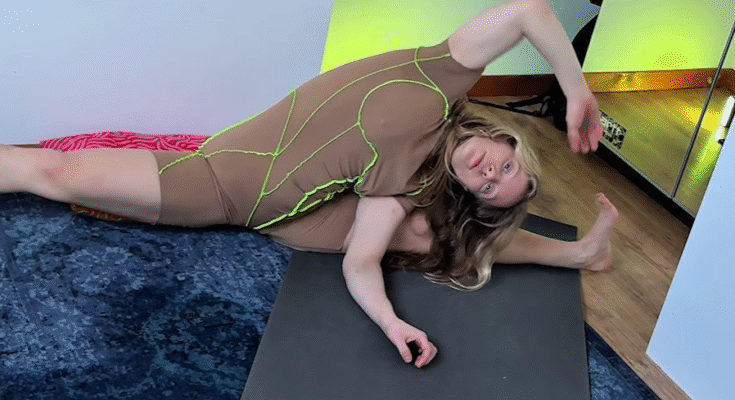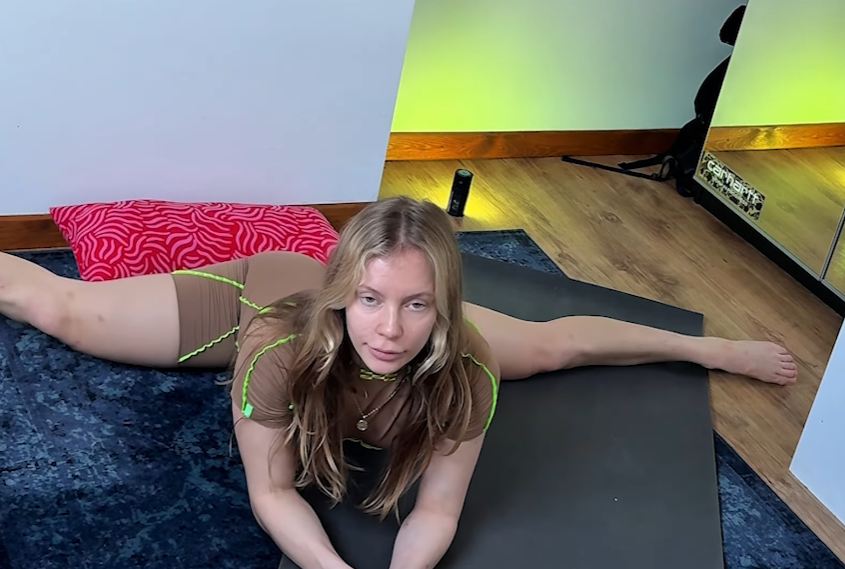
In today’s world, where physical and mental health are becoming top priorities, more people are turning to practices that not only strengthen the body but also calm the mind. Among the most effective and complementary of these practices are yoga, gymnastics, and stretching. While each has its own unique techniques and benefits, when combined, they form a powerful trio that enhances flexibility, builds strength, improves coordination, and promotes overall well-being.
The Foundation: Yoga
Yoga is an ancient practice that originated in India over 5,000 years ago. At its core, yoga is not just about physical postures (known as “asanas”) but also involves breathing techniques (“pranayama”), meditation, and a philosophical approach to life. However, in the modern fitness world, yoga is most often practiced as a form of physical exercise.
Physical Benefits
Yoga improves flexibility, balance, and core strength. Poses like Downward Dog, Warrior, and Triangle stretch and tone muscles in a gentle but effective way. With regular practice, people often find their muscles becoming more elongated and their joints more mobile. Yoga is especially helpful for those recovering from injury or looking for low-impact ways to stay fit.
Mental Benefits
Unlike many traditional workouts, yoga encourages a mind-body connection. The emphasis on breathing and mindfulness reduces stress, anxiety, and even symptoms of depression. For many, yoga becomes a form of moving meditation, helping them to stay grounded in the present moment.
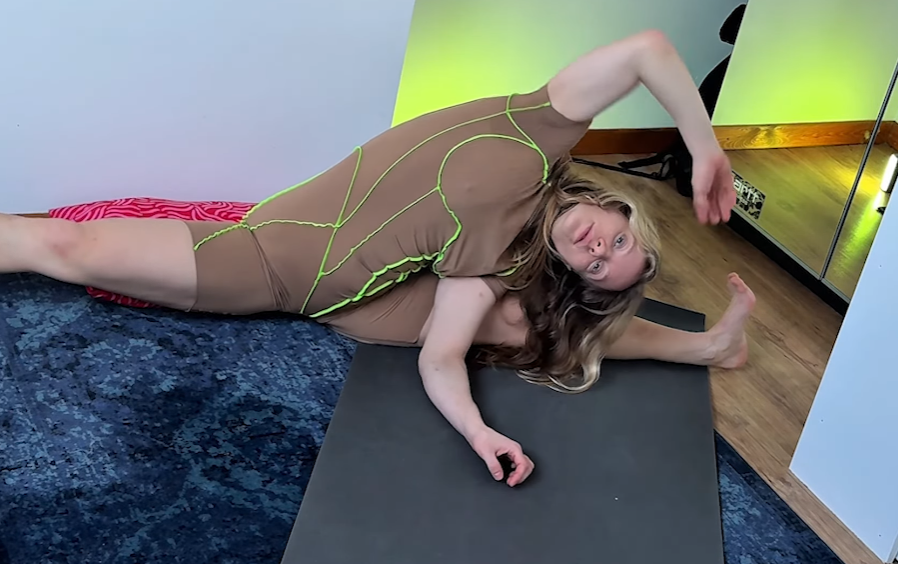
The Power and Grace of Gymnastics
Gymnastics, on the other hand, is a sport that requires tremendous strength, agility, coordination, and mental focus. It is often associated with athletes performing complex flips, handstands, and acrobatic moves. While it may seem very different from yoga, gymnastics shares many elements with it—particularly in balance, flexibility, and body control.
Strength and Discipline
Gymnastics training builds exceptional muscle strength, especially in the core, legs, and upper body. Movements like backflips, rings routines, or parallel bars require explosive power, coordination, and stamina. Gymnasts also develop a heightened sense of spatial awareness and fine motor skills.
Artistic Expression
Gymnastics is not just about physical prowess; it is also about artistic movement. Floor routines combine dance, tumbling, and choreography, offering an outlet for creativity and performance. This artistic aspect shares a close bond with yoga, which often emphasizes flowing sequences like Vinyasa to connect one pose to another rhythmically.
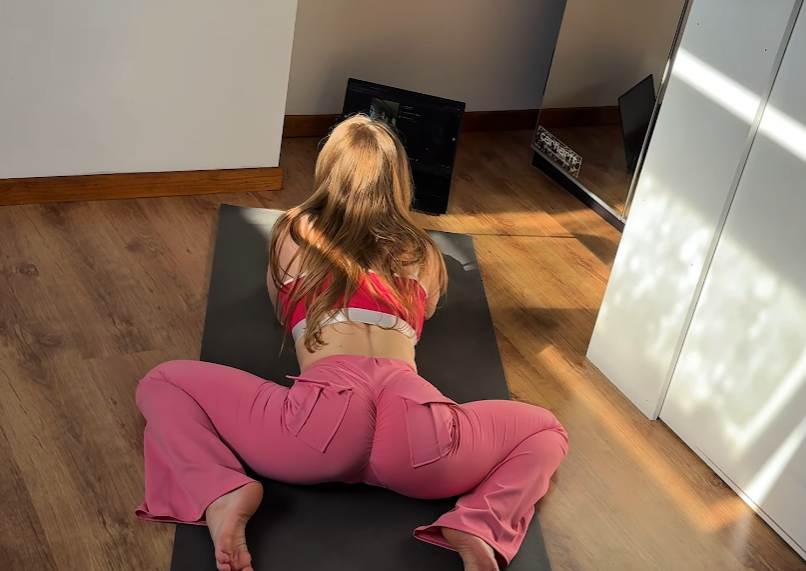
Stretching: The Bridge Between Yoga and Gymnastics
Stretching is often seen as a warm-up or cool-down activity, but it is much more than that. Stretching is a standalone practice that improves flexibility, mobility, and muscle recovery. It prepares the body for movement and helps prevent injuries.
Types of Stretching
There are two main types of stretching:
- Static Stretching: Holding a stretch in one position for a period of time, like touching your toes or doing a seated hamstring stretch. This is great for cooling down after intense activity.
- Dynamic Stretching: Involves moving parts of your body through a range of motion—like leg swings or arm circles—and is perfect before starting a gymnastics or yoga session.
Stretching for All
Whether you’re an elite gymnast, a yoga enthusiast, or someone just starting their fitness journey, stretching is an essential tool. It enhances posture, reduces muscle soreness, and keeps joints healthy. The more you stretch, the more aware you become of your own body’s limits—and how to push them safely.
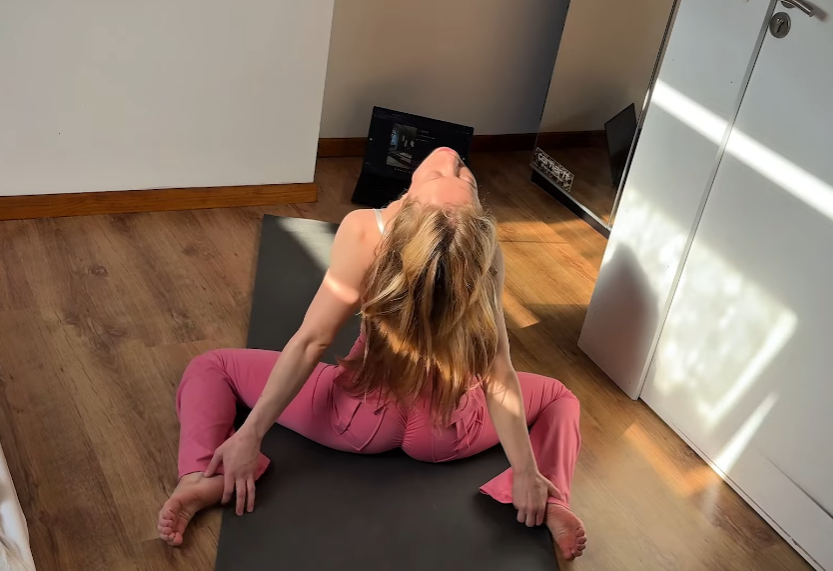
How They Work Together
When practiced together, yoga, gymnastics, and stretching complement one another beautifully. Here’s how:
1. Flexibility
Yoga improves flexibility through sustained poses. Stretching builds on that by targeting specific muscles and joints, while gymnastics puts that flexibility to the test with real-world, complex movements. The more flexible you are, the more effectively and safely you can perform gymnastic routines.
2. Strength
Gymnastics builds raw strength, particularly in the core and upper body. Yoga develops functional strength, focusing on holding poses and using body weight in slow, controlled ways. Stretching allows those muscles to recover and remain elastic, reducing the chance of injury.
3. Mind-Body Connection
Yoga is known for its emphasis on breathing and inner awareness. Gymnastics, while more performance-based, still requires intense focus and body control. Stretching, often done slowly and mindfully, becomes a moment of reflection and calm—a shared benefit with yoga.
4. Injury Prevention
Athletes in gymnastics are prone to injuries due to the intensity of their training. Incorporating yoga and stretching into their routine helps keep the body balanced and resilient. Yoga increases joint stability, and stretching helps maintain range of motion—both essential for preventing strains or tears.

Real-Life Applications
Let’s say a teenage gymnast starts her day with 15 minutes of yoga to wake up her body, calm her mind, and improve joint mobility. Then she practices gymnastics in the afternoon, focusing on flips and bar routines. At the end of her training, she spends time stretching, releasing the tension built up in her muscles. This routine not only enhances her performance but also helps her recover and stay injury-free.
Similarly, a yoga practitioner may add simple gymnastic moves—like handstands or cartwheels—to their practice to challenge balance and coordination. By integrating gymnastics and stretching, the yoga routine becomes more dynamic and physically demanding, while still maintaining mindfulness.
Getting Started
Anyone can begin incorporating yoga, gymnastics-inspired movements, and stretching into their life—even if you’re not an athlete.
- Yoga: Start with beginner classes online or in-person. Focus on foundational poses like Cat-Cow, Cobra, Warrior I, and Child’s Pose.
- Stretching: Add 10-15 minutes of gentle stretching each morning or after your workouts. Focus on tight areas like hips, hamstrings, shoulders, and neck.
- Gymnastics: Try basic bodyweight movements like forward rolls, headstands, or balancing on one foot. As confidence grows, you can explore more advanced skills or join a gymnastics class.
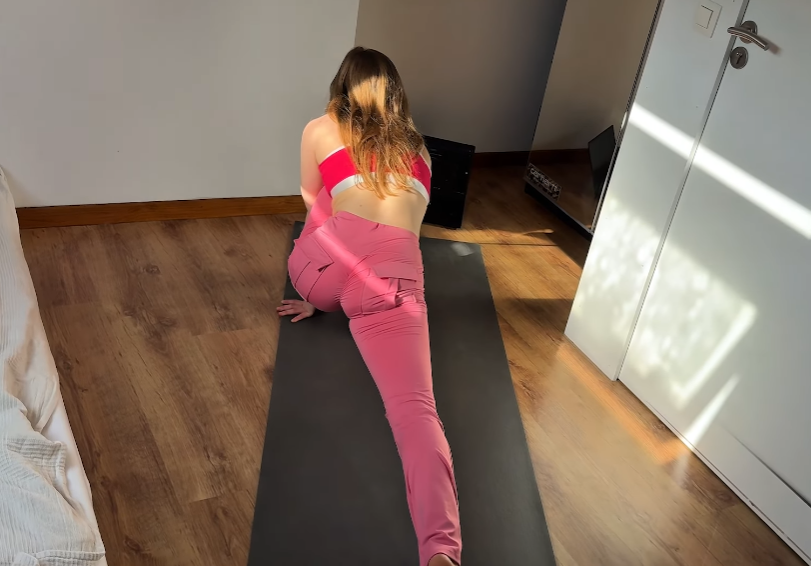
Conclusion
Yoga, gymnastics, and stretching may seem like different disciplines, but when brought together, they offer a complete system for physical and mental health. Yoga grounds you. Gymnastics challenges you. Stretching frees you. Whether you’re aiming to increase flexibility, build strength, or simply feel better in your body, embracing this trio can transform the way you move, think, and feel.
So, unroll that yoga mat, stretch out those legs, and maybe even try a cartwheel or two—your body and mind will thank you.
